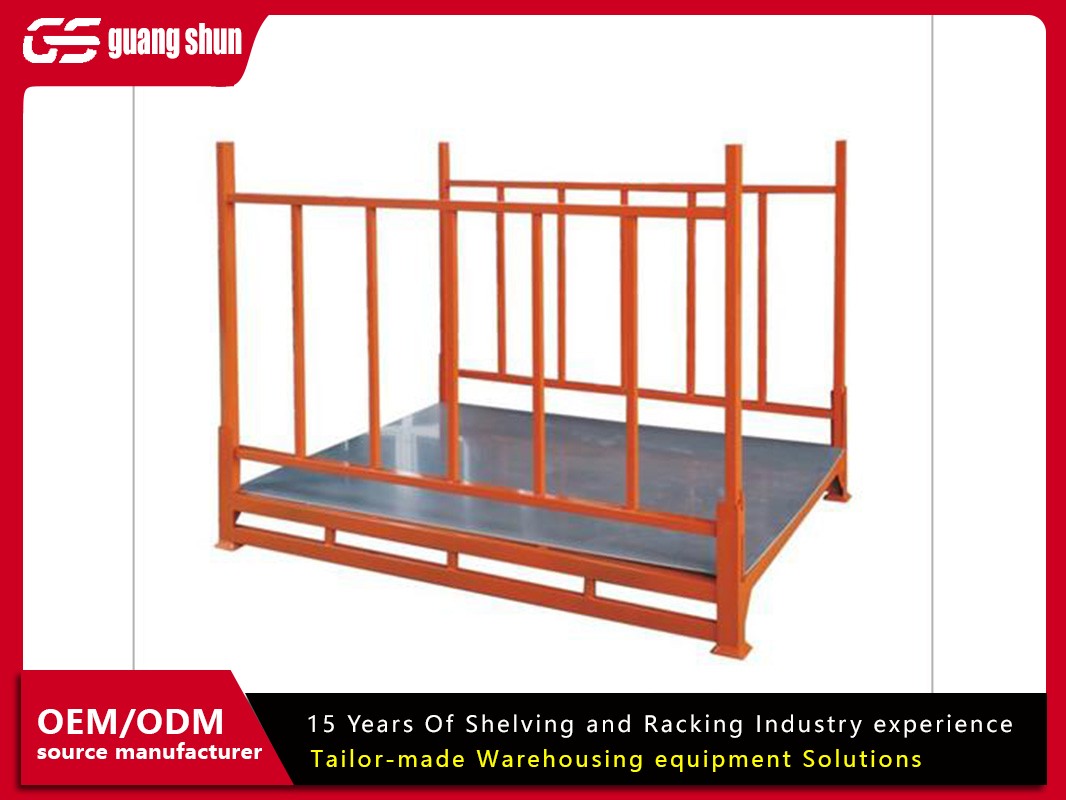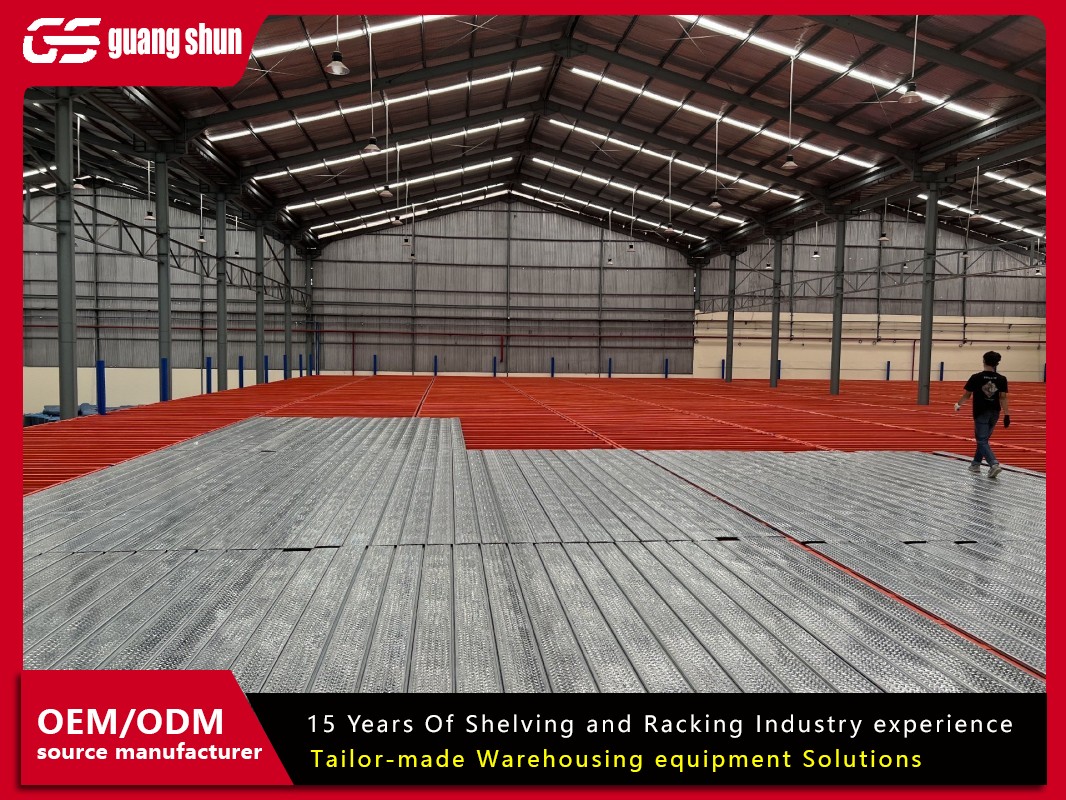In the fast-paced world of manufacturing, efficient warehouse storage isn’t just a luxury—it’s a necessity. With tight production schedules, high-volume inventory, and the need for rapid order fulfillment, manufacturers require storage systems that are robust, scalable, and tailored to their unique workflows. Warehouse racking solutions for the manufacturing industry address these challenges head-on, offering specialized designs that optimize space, improve safety, and streamline operations. This article breaks down the key features, benefits, and user requirements of these systems, tailored for U.S.-based businesses searching for terms like “industrial pallet racking systems” or “factory storage solutions.”
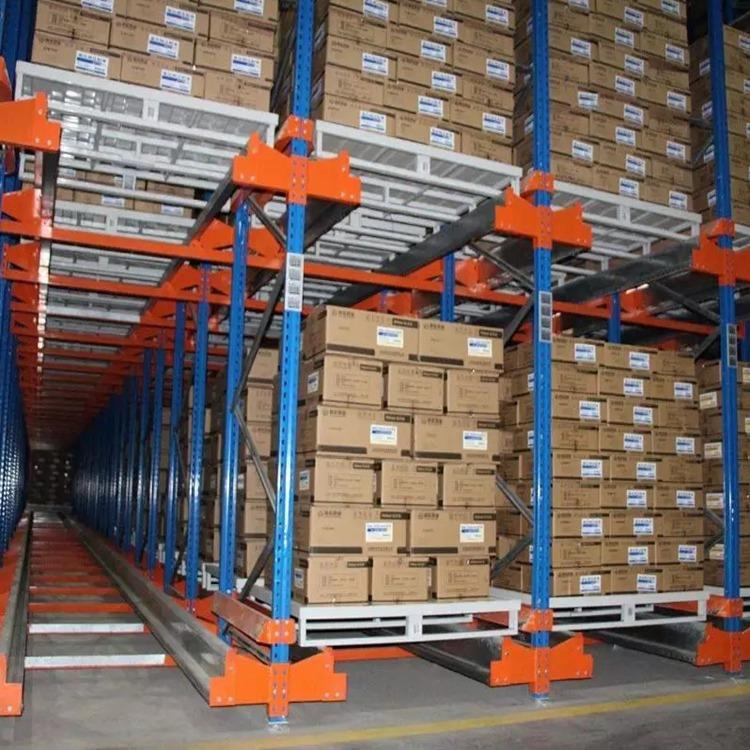
1. The Unique Storage Challenges in Manufacturing
Manufacturing facilities face distinct storage demands compared to retail or e-commerce warehouses. These include:
Heavy-Duty Loads: Raw materials, machinery parts, and finished goods often weigh thousands of pounds.
High Turnover Rates: Just-in-time (JIT) manufacturing requires rapid access to components.
Space Constraints: Limited floor space must accommodate both production lines and storage.
Safety Compliance: OSHA regulations mandate strict guidelines for load stability and worker safety.
Conventional shelving or basic pallet racks often fall short. This is where manufacturing-specific racking systems come into play.
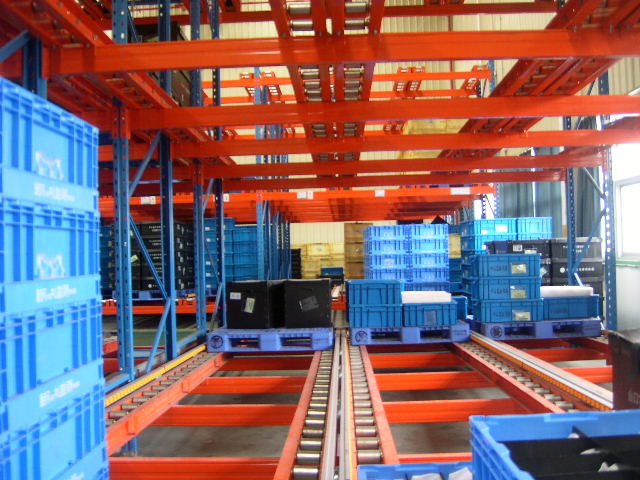
2. Key Features of Manufacturing Warehouse Racking Systems
A. Heavy-Duty Structural Design
Manufacturing racking is built to handle extreme weights and frequent use. Key components include:
Industrial-Grade Steel: Beams and uprights are reinforced to support loads up to 5,000 lbs per pallet.
Impact-Resistant Coatings: Powder-coated finishes protect against corrosion from chemicals or humidity common in factories.
Seismic Bracing: In earthquake-prone regions like California, cross-bracing and anchor bolts prevent collapse.
B. Customizable Configurations
No two manufacturing plants are alike. Top solutions offer modular designs that adapt to:
Irregular Floor Plans: Adjustable beam heights and depths fit around machinery or conveyor belts.
Mixed Inventory Types: Combine pallet racks, cantilever arms (for pipes or lumber), and bin shelving in one system.
Vertical Storage: Utilize ceiling heights up to 40 feet with high-rise selective racks or double-deep setups.
C. Compatibility with Automation
Modern manufacturing relies on automation, and racking systems must integrate seamlessly with:
Automated Guided Vehicles (AGVs): Wire-guided or laser-guided forklifts that navigate narrow aisles.
Warehouse Management Systems (WMS): RFID tags or barcode scanners sync with inventory software for real-time tracking.
D. Safety Enhancements
Load Guards and Netting: Prevent items from falling during forklift operations.
Aisle Width Optimization: Maintain OSHA-recommended clearances (e.g., 42-inch minimum for pedestrian walkways).
Anti-Slip Decking: Perforated steel platforms improve traction in oily or dusty environments.
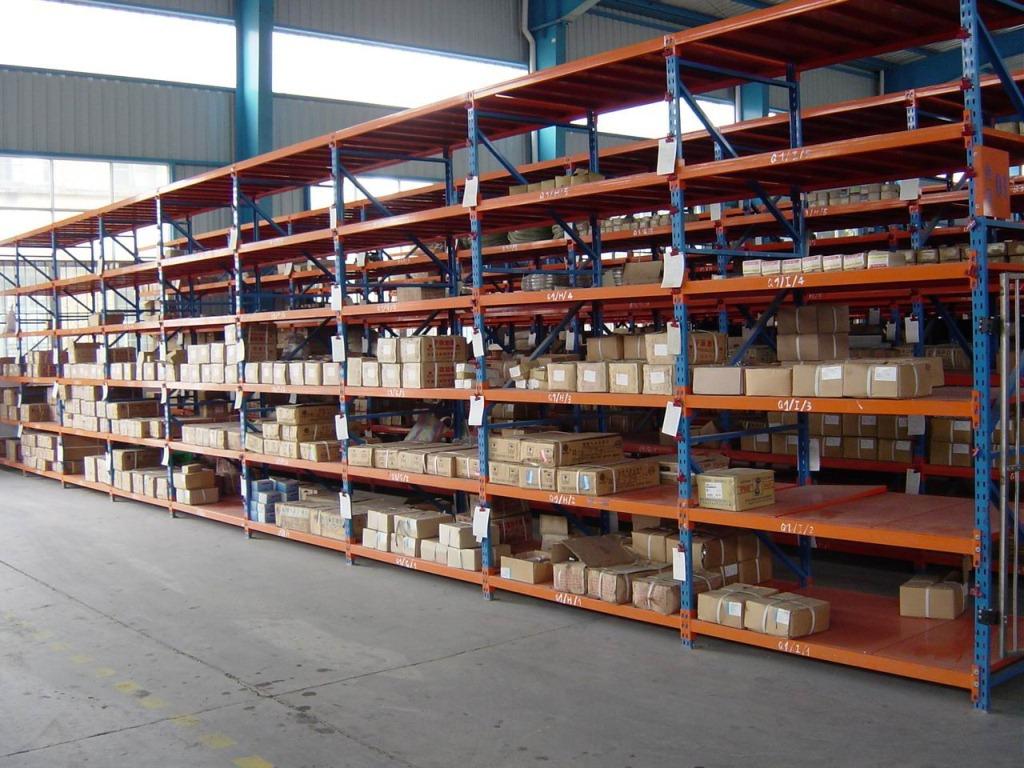
3. Top Racking Systems Used in Manufacturing
A. Selective Pallet Racking
Best For: Facilities with high SKU diversity (e.g., automotive parts manufacturers).
Features: Direct access to every pallet, FIFO or LIFO compatibility.
B. Drive-In/Drive-Through Racking
Best For: High-density storage of bulk materials (e.g., steel coils, packaging supplies).
Features: Forklifts drive directly into lanes, maximizing cubic space.
Search Terms: “High-density storage for manufacturing warehouses.”
C. Cantilever Racking
Best For: Long or bulky items (e.g., lumber, sheet metal, piping).
Features: Arm-based design eliminates vertical obstructions.
Search Terms: “Cantilever racks for industrial storage.”
D. Mezzanine Systems
Best For: Facilities with limited floor space but high ceilings.
Features: Create elevated storage or work platforms above production areas.
4. User Requirements: Who Needs These Systems?
Manufacturing racking isn’t a one-size-fits-all solution. Businesses should invest in these systems if they meet the following criteria:
A. High-Volume Production
Example: A food processing plant storing 10,000+ pallets of ingredients monthly.
Solution: Drive-through racking with FIFO workflow to prevent spoilage.
B. Mixed Workflow Demands
Example: A machinery manufacturer storing raw metal, finished products, and spare parts.
Solution: Hybrid systems combining cantilever racks, pallet lanes, and bin shelving.
C. Growth or Seasonal Scaling
Example: An electronics company preparing for holiday demand spikes.
Solution: Modular racks that can be reconfigured or expanded quickly.
D. Regulatory Compliance Needs
Example: A pharmaceutical manufacturer requiring OSHA-compliant, traceable storage.
Solution: Selective racks with WMS integration and safety netting.
5. Cost-Benefit Analysis: Why Manufacturers Choose Specialized Racking
| Factor | Traditional Shelving | Manufacturing Racking Systems |
|---|
| Load Capacity | Up to 1,000 lbs per shelf | Up to 5,000 lbs per pallet position |
| Space Efficiency | 30–40% floor space utilization | 60–80% floor space utilization |
| Lifespan | 5–10 years | 15–25 years with minimal maintenance |
| ROI Timeline | 2–3 years | 1–2 years (due to labor/time savings)
|
Solution:
Installed selective pallet racking with 12-foot aisles for forklift agility.
Added mezzanine platforms above assembly stations for small-component storage.
Integrated barcode scanners synced to their ERP system.
Results:
40% increase in storage density.
25% reduction in order-picking time.
OSHA compliance achieved with aisle safety guards.




